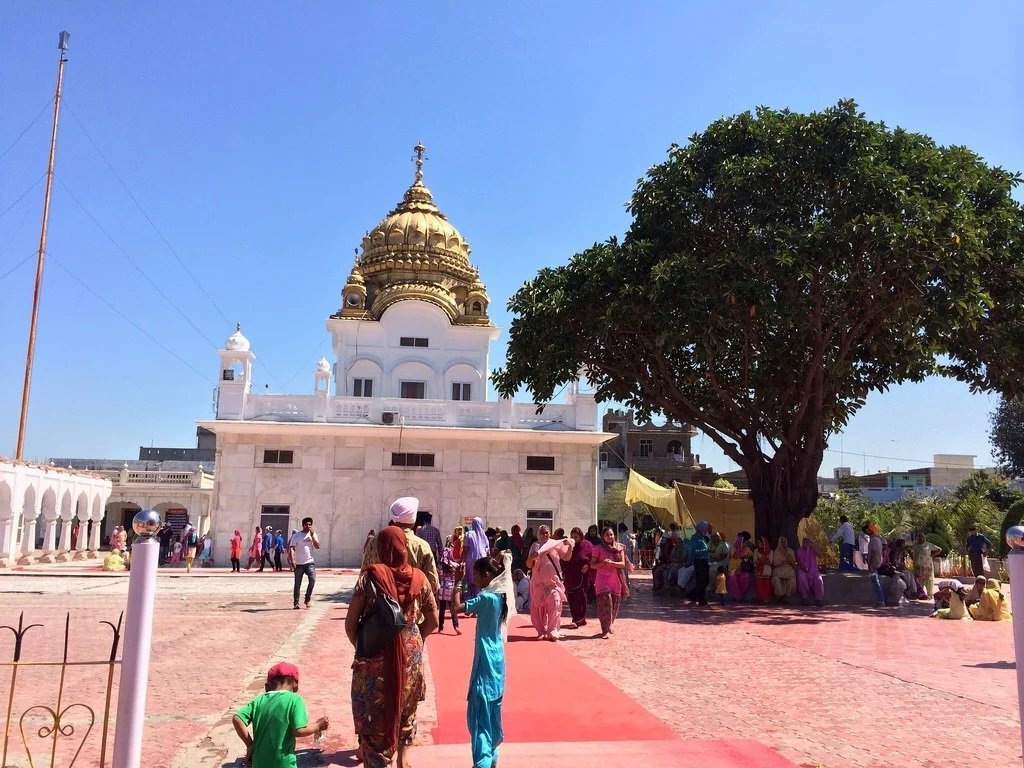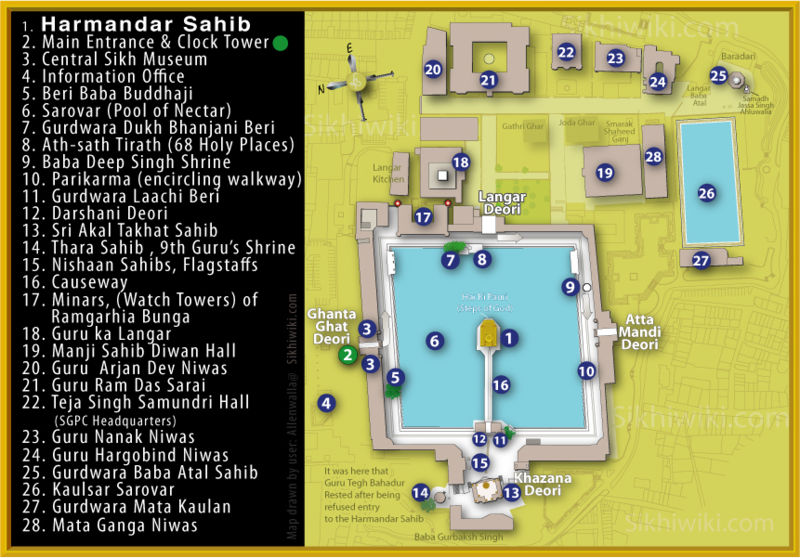Explore GURU MANGAT's rich heritage near Lahore, linked to Guru Hargobind. Visit Gurdwara Patshahi VI, a historic gurudwara awaiting rediscovery.
Explore Dera Baba Nanak—a sacred site by the Ravi River in Punjab, tied to Guru Nanak's legacy and home to historical gurdwaras and spiritual heritage.
Discover AJRANA KALAN, a spiritual site in Haryana honoring Guru Tegh Bahadur, featuring a historic Gurdwara. Learn about its ongoing preservation efforts.
Explore the distinctive and largely unknown Sikh architectural style, with its rich history in gurdwaras, forts, and palaces, by S.S. Bhatti.
Explore the Rikabganj Agitation (1913-20), a pivotal Sikh protest against the British demolition of the Gurdwara Rikabganj wall in New Delhi.
Discover Basarke Gillan, a historic village near Amritsar, home to three sacred shrines honoring Guru Amar Das. Perfect for spiritual seekers and history buffs.
Explore Gurdwara Hem Kunt Sahib, a stunning spiritual site at 15,210 feet, where Guru Gobind Singh is believed to have meditated, nestled in the Himalayas.





